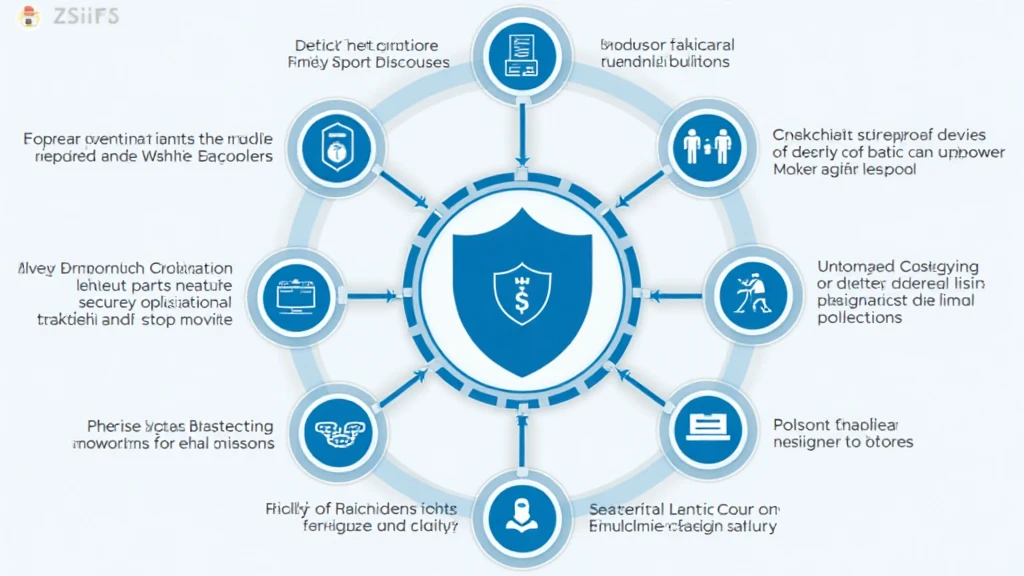Understanding Bitcoin Liquidity Pools in 2025
As the decentralized finance (DeFi) ecosystem continues to grow, Bitcoin liquidity pools have emerged as a critical component of how assets are traded and distributed across digital platforms. With a staggering $4.1 billion lost to DeFi hacks in 2024, understanding liquidity pools becomes essential for traders and investors alike.
In this article, we’ll delve into what Bitcoin liquidity pools are, their functions, and why they matter in the broader context of cryptocurrency trading.
What are Bitcoin Liquidity Pools?
Bitcoin liquidity pools serve as smart contract protocols that hold a reserve of Bitcoin (BTC) to facilitate trading without traditional order books. Instead of matching buyers and sellers, liquidity pools rely on users who provide their Bitcoin to the pool in exchange for rewards proportional to their contributions.

- Liquidity providers contribute funds to a pool.
- Traders swap tokens against the pooled assets.
- Liquidity providers earn fees from trades.
This model can be compared to a bank vault where deposits ensure that funds are available for withdrawals. The more Bitcoin contributed, the better the trading experience for users due to reduced slippage and lower costs.
The Mechanics Behind Liquidity Pools
Understanding how liquidity pools function is vital for traders looking to utilize these financial instruments effectively. Here’s a breakdown:
- Automated Market Makers (AMM): AMMs use algorithms to price assets within pools, ensuring liquidity is always available for trades.
- Token Swaps: Users can directly swap tokens within a liquidity pool without needing a direct buyer or seller.
- Yield Farming: By participating in liquidity pools, liquidity providers can earn additional tokens as rewards, further incentivizing their involvement.
For example, when a liquidity provider contributes Bitcoin to a pool, they not only increase the pool’s reserves but also enhance the trading experience for other users, reducing the chance of price volatility due to sudden demand.
The Importance of Liquidity Pools
Here’s the catch: while liquidity pools present opportunities, they also come with risks. A vital aspect of their importance in the crypto space relates to:
- Market Efficiency: Enhanced liquidity leads to better price discovery for Bitcoin and other digital assets.
- Access to DeFi: Liquidity pools democratize access to trading and earning mechanisms that were previously reserved for centralized exchanges.
- Risk Management: Understanding the dynamics of liquidity pools helps users manage the risk of impermanent loss while providing liquidity.
According to recent data from hibt.com, there was a 2x growth in Bitcoin liquidity pools usage within Vietnam in 2025, indicating a rising interest in decentralized trading mechanisms.
How to Leverage Bitcoin Liquidity Pools
The key to effectively utilizing Bitcoin liquidity pools lies in understanding your investment goals and risk tolerance. Here are several strategies to consider:
- Research the Pool: Not all liquidity pools are created equal. It’s crucial to assess their historical performance, fees, and tokenomics.
- Diversify Your Investments: Avoid placing all your funds in a single pool. Diversifying helps mitigate risks associated with impermanent loss and pool-specific downturns.
- Engage in Yield Farming: Use the rewards gained from providing liquidity to expand your crypto portfolio.
As liquidity pools become more popular, tools such as the Ledger Nano X can further secure your investments, reducing the likelihood of hacks by 70%.
Future Trends in Bitcoin Liquidity Pools
Looking ahead, Bitcoin liquidity pools are expected to evolve, especially with impending regulatory frameworks influencing DeFi:
- Integration with Traditional Finance: As regulatory bodies clarify frameworks, we may see deeper integration between crypto liquidity pools and traditional financial systems.
- Innovative Platforms: Emerging platforms are likely to introduce new types of liquidity pools that improve user experience and security.
- Localized Services: With growth rates in Vietnam reaching 20% year-over-year, we can expect platforms to tailor solutions for emerging markets effectively.
To adapt, liquidity providers and traders must stay informed and proactive in their strategies.
In Conclusion
The world of Bitcoin liquidity pools represents a rapidly changing landscape that is crucial for anyone looking to engage in decentralized finance. With significant growth potential in emerging markets like Vietnam, understanding how to participate in and leverage these pools is vital for traders and investors alike.
As a final note, always consider consulting local regulations and financial advisers before making investment decisions. As the environment evolves, the key to success will be adaptability and informed decision-making.
For more insights into cryptocurrency and its impact on global finance, visit mycryptodictionary.





